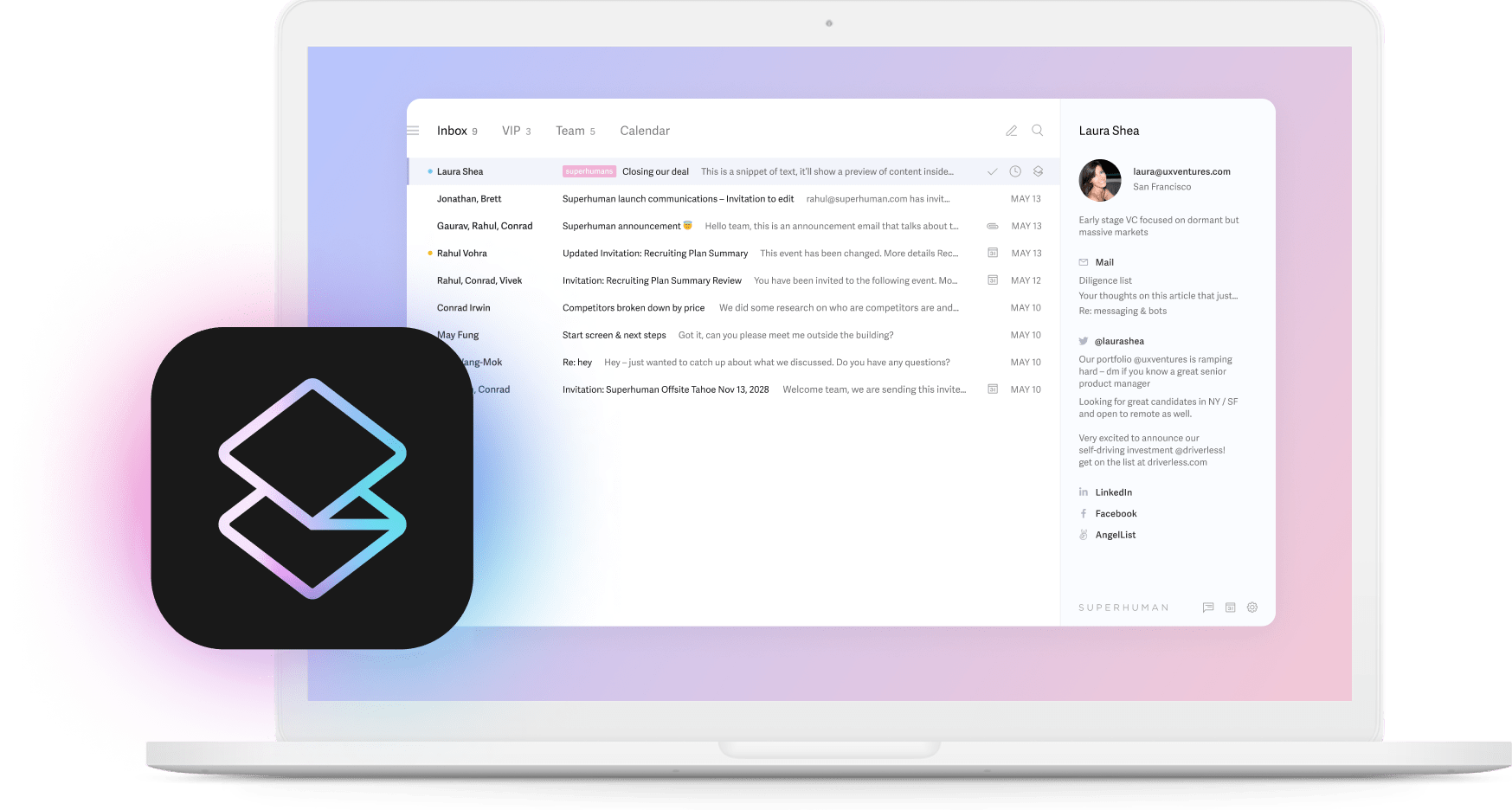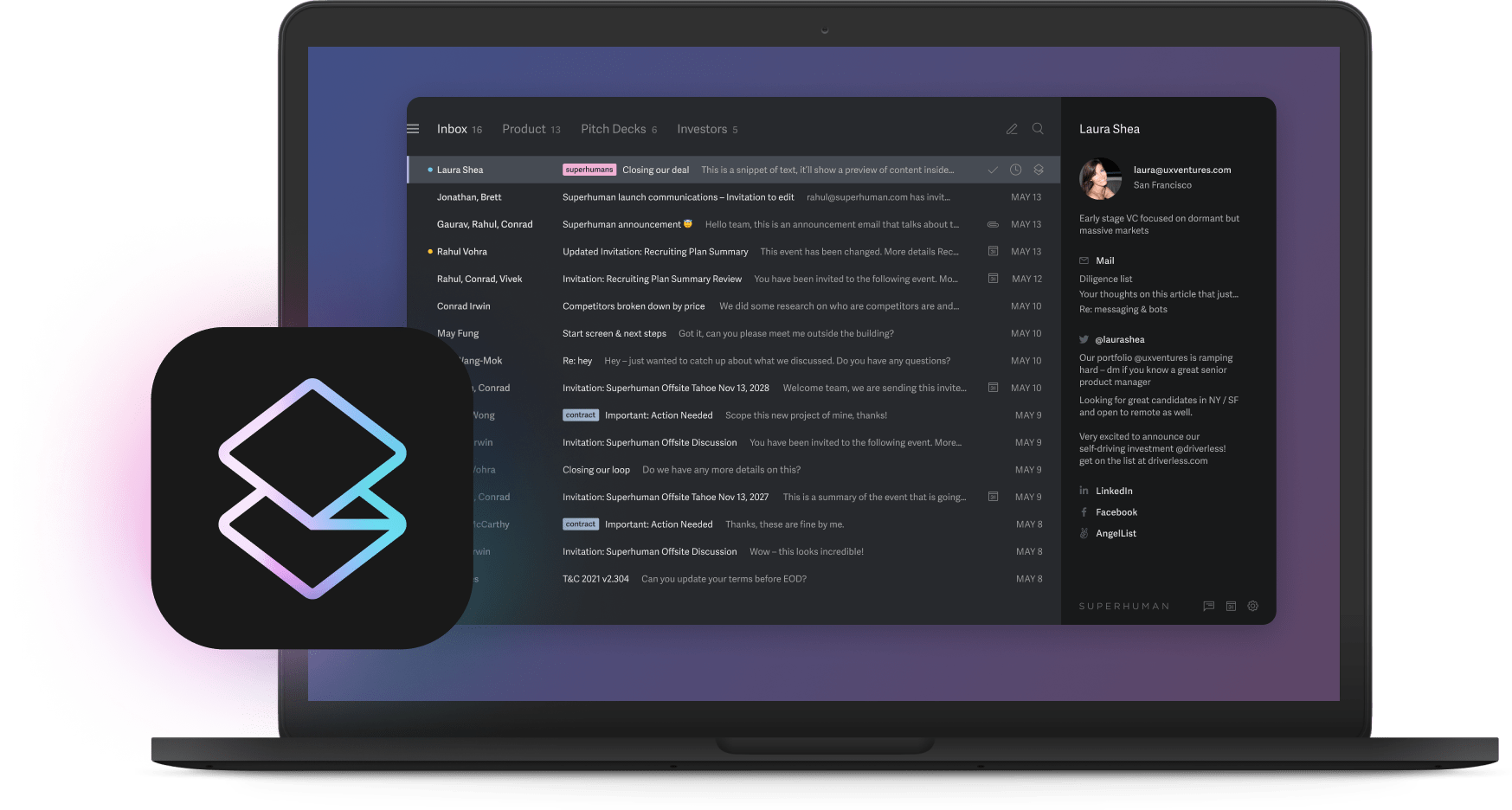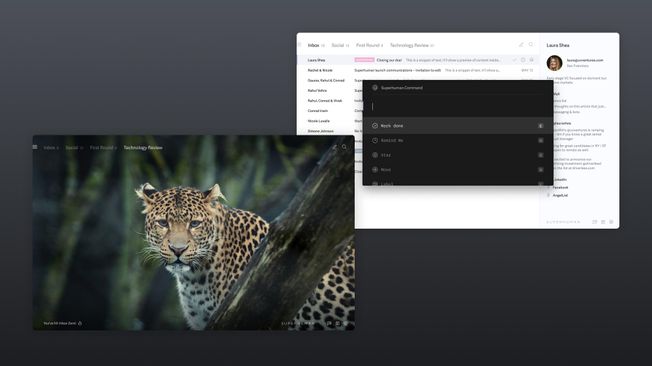
Your biggest client has gone silent at 7 PM. You're toggling between five dashboards hunting for answers. The CRM shows unresolved tickets, social sentiment is dropping, analytics reveals sudden usage declines. All separate silos.
Teams waste nearly a day each week wrestling with scattered data instead of acting on intelligence. AI-enabled consumer intelligence flips this script by automatically gathering every touchpoint, reading patterns instantly, and pushing clear next steps so you solve problems before customers drift away.
What is AI-enabled consumer intelligence?
AI-enabled consumer intelligence is the application of artificial intelligence technologies to systematically collect, analyze, and interpret consumer behavior data from multiple touchpoints to generate actionable business insights. This approach combines machine learning algorithms, natural language processing, and predictive analytics to transform raw customer data into strategic intelligence for enterprise decision-making.
The framework operates through four core components: multi-source data aggregation consolidates information from social media, web interactions, email engagement, and transactional records into unified customer profiles. Real-time analysis processes streaming data to identify sentiment shifts, purchasing signals, and churn indicators as they occur.
Predictive modeling applies statistical algorithms to forecast consumer demand patterns and estimate customer lifetime value. Automated insight generation delivers contextual recommendations directly within existing business applications.
Traditional analytics waits for you to pull, clean, and visualize data. AI-enabled consumer intelligence works continuously, scales to billions of data points, and predicts what happens next. Insights flow into your existing dashboards and communication apps, letting you spend less time hunting for answers and more time acting on them.
Why AI-enabled consumer intelligence matters for modern enterprises
Fragmented data creates expensive delays across multiple dimensions:
- Time drain: Teams lose one full workday every week just gathering scattered customer insights
- Resource misallocation: Analysts spend entire days manually cleaning data instead of spotting trends
- Competitive disadvantage: Companies with engaged teams see 23% higher profits than those stuck with disconnected systems
- Revenue impact: Critical opportunities slip away while teams wrestle with spreadsheets and conflicting reports
Organizations using personalization achieve 10-15% revenue lift compared to companies relying on generic approaches. When your team spots consumer sentiment shifts instantly instead of weeks later, you capture opportunities others miss entirely.
Market leadership depends on immediate awareness of consumer sentiment shifts. When a product feature generates negative buzz or a competitor stumbles, unified intelligence systems alert you instantly. Your response speed determines whether you capture market share or watch it disappear.
How AI transforms consumer insights and delivers strategic benefits
Machine learning algorithms scan millions of signals like click paths, purchase histories, and social mentions to spot behavior changes weeks before traditional reports catch them. Natural language processing classifies social comments in seconds, pinpoints product friction in reviews, and routes urgent support issues automatically. This approach analyzes conversations across call centers, chats, and emails to recognize recurring problems and emerging indicators of dissatisfaction.
Predictive analytics moves you from awareness to anticipation. Demand forecasts, lifetime value calculations, and churn predictions let you adjust inventory, pricing, and outreach proactively.
Real-time data integration connects web analytics, CRM events, support logs, and ad performance into a single customer profile. Identity resolution eliminates duplicates, giving every team the same source of truth.
Automated insight generation pushes context directly where you work. When customer satisfaction shifts or high-value accounts signal buying intent, these alerts appear directly in your communication workflow. Team leaders using AI-native email platforms like Superhuman see these insights alongside their regular inbox activity, eliminating the need to check separate dashboards.
Strategic advantages for executives
When AI-enabled systems pull every customer signal into one live dashboard, you unlock measurable advantages:
- Eliminate information silos: No more bouncing between eight tools to understand customer stories. Split Inbox automatically organizes high-priority customer communications into dedicated sections, giving you instant visibility into what matters most.
- Accelerate decision cycles: Machine learning flags emerging trends before quarterly reviews
- Improve team coordination: Everyone works from the same intelligence source. Shared Conversations let teams collaborate directly on customer emails without forwarding or switching apps, keeping everyone aligned on account status.
Teams using Superhuman achieve productivity gains, saving 4 hours per person every week by automating email organization and streamlining customer communication workflows.
Consumer intelligence applications across business functions
Product development and marketing optimization
Machine learning highlights the features customers request most from surveys, reviews, and social posts. Time-stamped trend lines show exactly when interest rises, helping lock in optimal launch windows. Companies accelerate concept testing by scanning millions of conversations, trimming months from development cycles.
Dynamic audience insights show hyper-personalized emails lifting conversions while trimming wasted ad spend. Platforms tie campaign data back to lifetime value, so you reallocate funds toward channels generating the highest ROI instead of chasing vanity metrics.
Sales and customer experience
AI scores leads by scanning intent signals across web, email, and call transcripts. Reps focus on prospects most likely to buy while the system forecasts demand for quarterly planning. Pattern detection flags cross-sell moments, turning quiet cues into clear prompts that keep pipelines healthy.
Proactive service kicks in before tickets get filed. By monitoring sentiment shifts in chat and social channels, platforms alert agents when satisfaction dips. Support teams route routine questions to automated replies and surface urgent issues for human follow-up, while continuous analysis feeds living knowledge bases.
Modern email platforms automatically surface high-priority messages from at-risk customers, helping teams quickly understand complex customer conversations and identify patterns that require immediate attention. Tools like Auto Summarize help teams understand complex customer conversations and identify patterns.
Brand protection and competitive intelligence
Around-the-clock social listening spots sentiment spikes, letting communications teams act within minutes. Consolidated dashboards track share of voice against competitors and scan regulatory updates to ensure messaging stays compliant. Intelligent alerts surface potential partners whose audiences align with growth goals.
Consumer intelligence implementation roadmap for executives
You want one dashboard that shows exactly what customers think, want, and will do next. This roadmap gets you there in six months while delivering proven ROI and reaching payback significantly faster than companies that wait.
Phase 1: Assessment and strategy (weeks 1-4)
Start with a data audit to understand your current landscape. List every customer touchpoint including CRM records, support tickets, social comments, and purchase logs. Note who owns each one, what format it's in, and how often it updates.
This exercise reveals the data silos that frustrate executives. Map what fragmentation costs in terms of duplicated work, delayed reports, and missed opportunities. Count hours teams spend exporting spreadsheets and multiply by salary costs. This calculation usually shocks budget holders into action.
Pick two or three success metrics like "cut manual reporting time by 50%" or "predict churn with 80% accuracy." These become your project benchmarks and help maintain focus throughout implementation.
Phase 2: Platform selection and integration (weeks 5-12)
Compare AI-enabled platforms with add-on tools carefully. AI-native options process multichannel data continuously and handle identity resolution automatically, while add-ons often need separate data work that slows insights.
Check how well each platform connects with your current tools. API integrations for CRM, marketing automation, and collaboration apps matter more than flashy demos. Pick one high-impact pilot like automated sentiment analysis for product feedback to prove value quickly.
Schedule training so sales, marketing, and support teams feel confident using insights in tools they already know. Success depends on adoption, not just implementation.
Phase 3: Deployment and optimization (weeks 13-24)
Connect your data sources and run validation checks to catch gaps early. Automate insight delivery so leaders get weekly opportunity alerts instead of static reports. Track time saved and decision speed since successful programs often deliver significant operational improvements.
Expand the rollout once dashboards hit their targets, moving from one use case to a complete customer intelligence hub. Monitor model performance and adjust as customer behavior evolves.
Success factors
Executive sponsorship keeps budgets and priorities on track throughout the implementation. Cross-functional teams prevent new silos by sharing one customer truth across departments.
Tight integration with productivity tools ensures insights reach people where they work. Schedule quarterly model reviews so the AI keeps learning as customer behavior changes, maintaining accuracy and relevance over time.
Future trends and opportunities in AI-enabled consumer intelligence
Predictive intelligence is shifting from backward-looking to forward-thinking. AI models spot early signals of churn, demand shifts, and sentiment swings before you feel the impact. Real-time personalization connects browsing, purchase, and engagement signals in milliseconds, triggering personalized experiences across email, web, and mobile at enterprise scale.
Communication intelligence will meet you where you work.
Transform your business with AI-enabled consumer intelligence
Email productivity breakthroughs are transforming how teams work. Companies see significant returns when customer signals flow into unified views. According to our AI productivity report, they respond 89% faster because insights that once took weeks now land in hours.
Embrace AI-enabled workflows that put every customer signal at your fingertips. The companies that act now will lead their markets.
Transform your team's communication intelligence today. Experience how Superhuman helps executives save 4 hours weekly while responding to twice as many opportunities.
Start your free trial of Superhuman →





